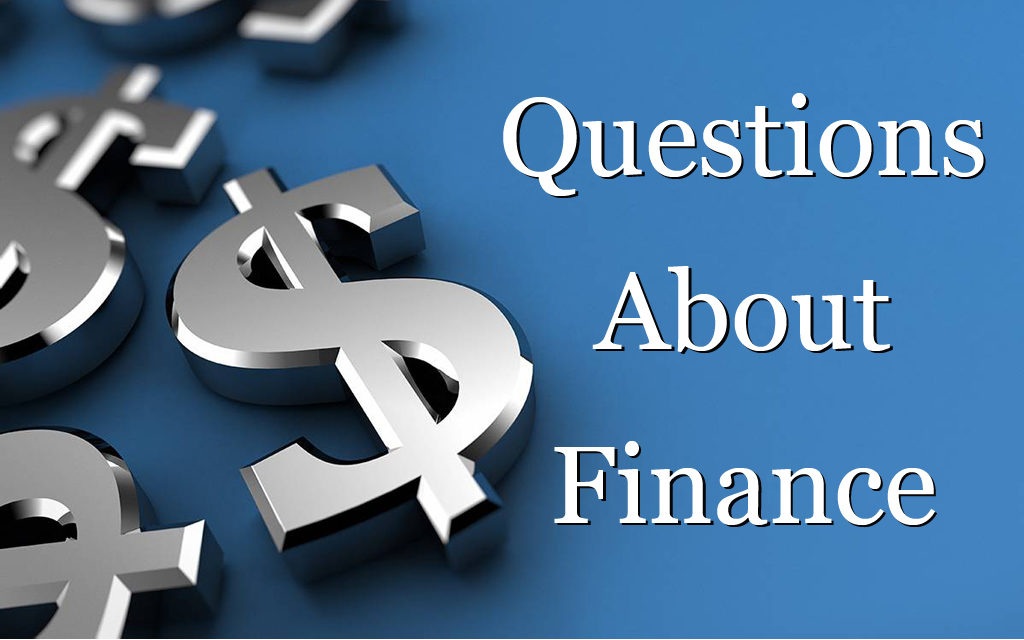By Tylor J. Kovar – CEO/Founder, Kovar Wealth Management
–Hi Taylor – I’m almost embarrassed to write this, but I’m not sure I understand compound interest. I always hear the term, but it doesn’t make perfect sense in my head. Can you explain a little about it and why it’s so important?
–Hey Maddie – You shouldn’t be at all embarrassed, especially because I bet there are a ton of readers who are very grateful to you for asking this question. I’d love to talk about compound interest because everyone should understand and appreciate it.
- What is it? First, we have to understand interest. You pay it on your debt, and the bank pays it to you for your savings account (those are just two of many examples, obviously). So, your interest-bearing bank account brings in a little bit of money each month based on your rate and the amount in your account. That’s interest, plain and simple. Compound interest is what you get when the interest you’ve already earned produces interest of its own. Let’s say the first year, you’ve got $1,000 dollars in your account, and your 2% interest rate yields $20 for the year. In the second year, you’ve got $1,020, netting you an additional $2.40 in interest. As time goes on, you earn interest off your interest. I’m using pretty small numbers for my example, but you can imagine how compounding works when hundreds of thousands of dollars are in play.
- Does it really work? Compound interest is one of the greatest wealth-building tools on the planet. Unfortunately, it doesn’t work for people looking to get rich quick. If you want the money to do the work, you have to invest it and let it stay put. This is especially effective for people who start young, because $500/month plus compounding interest can turn into millions and millions of dollars if you get an early jump on it. Long term, there’s nothing better than interest begetting interest.
- Where does interest compound? This is where a lot of people miss the mark. It’s not just a savings account that allows your earnings to build on capitalized interest. Investment accounts do this with dividends, CDs offer compounding interest, and bonds work to this effect if you reinvest the interest you earn. A high-yield savings account is the most straightforward interest earner, but your retirement account operates on the same principle: use dividends and earnings to reinvest and create additional dividends and earnings.
Because you have so many options for how to spend, save, and invest, compound interest probably feels more complicated than it is. In truth, it’s pretty simple. Put your money somewhere it can grow, then leave it alone. Happy investing, Maddie!





